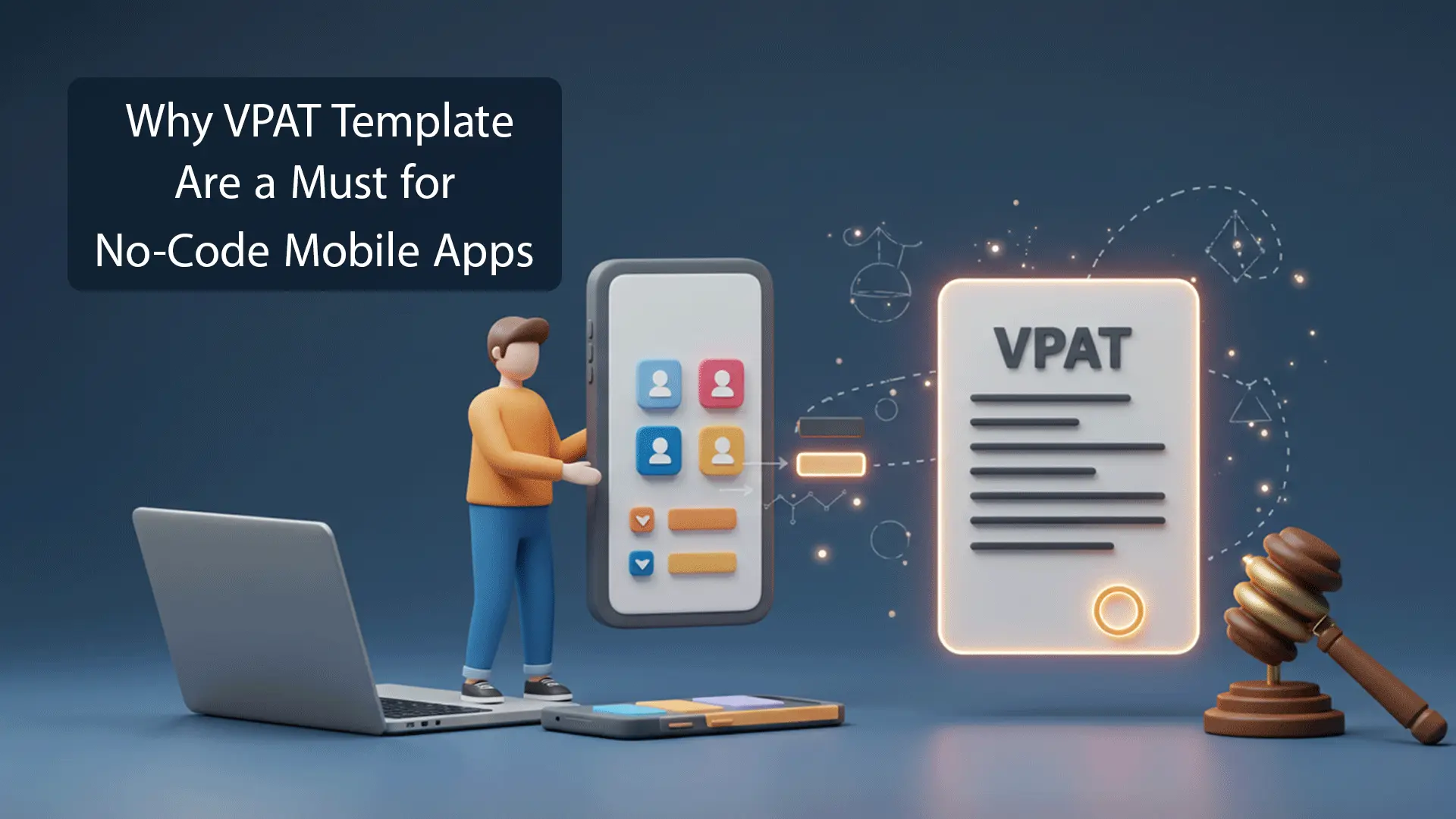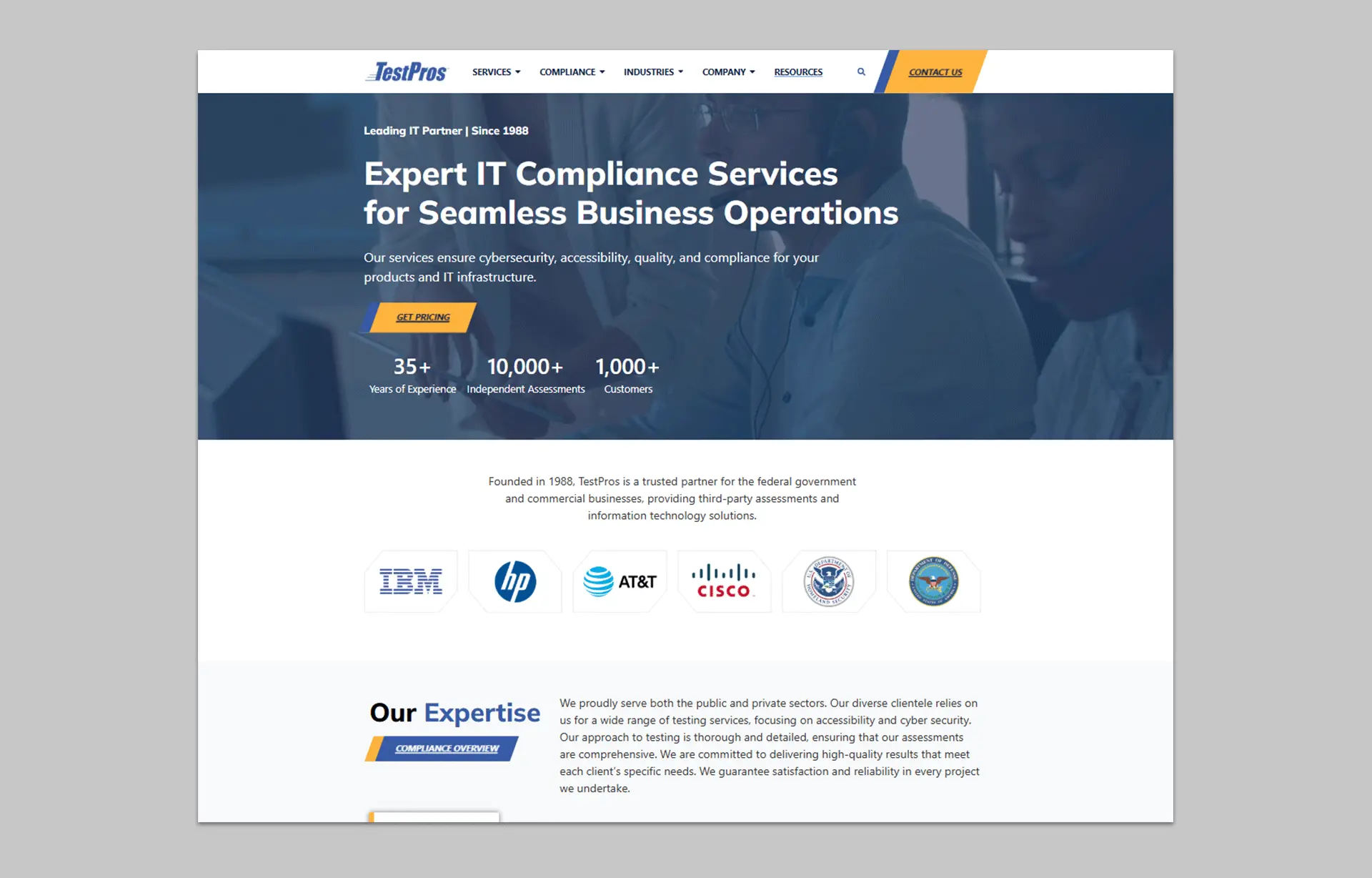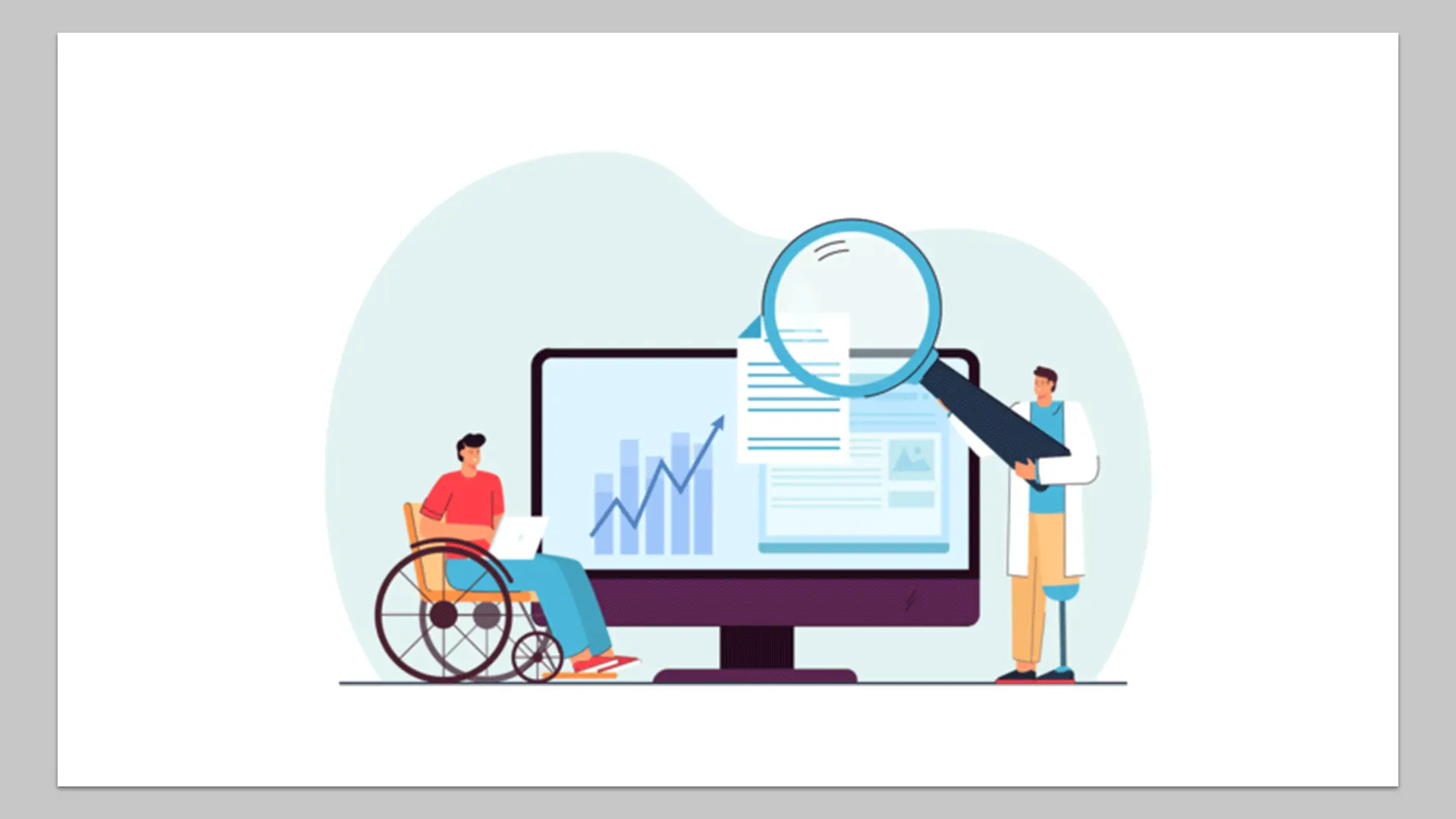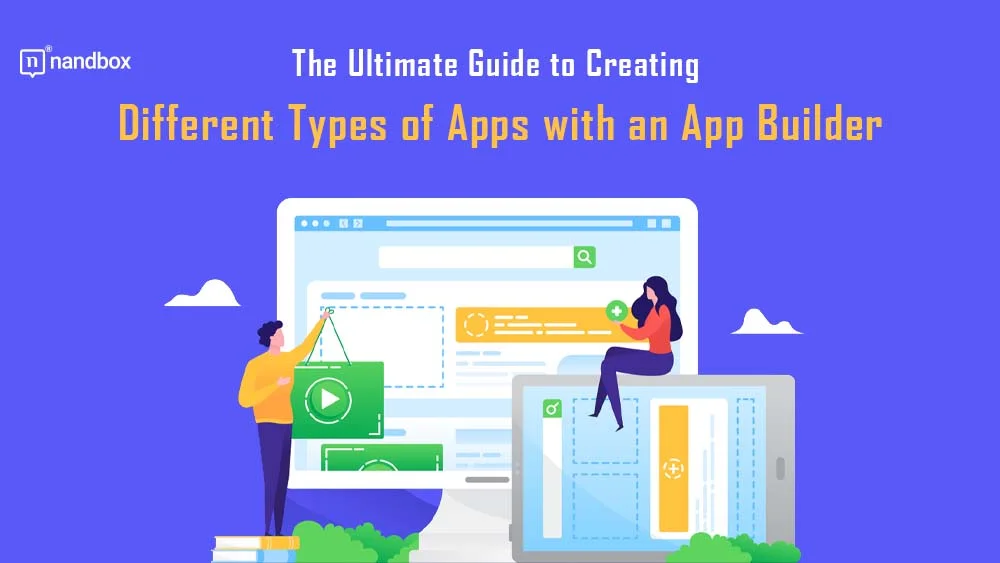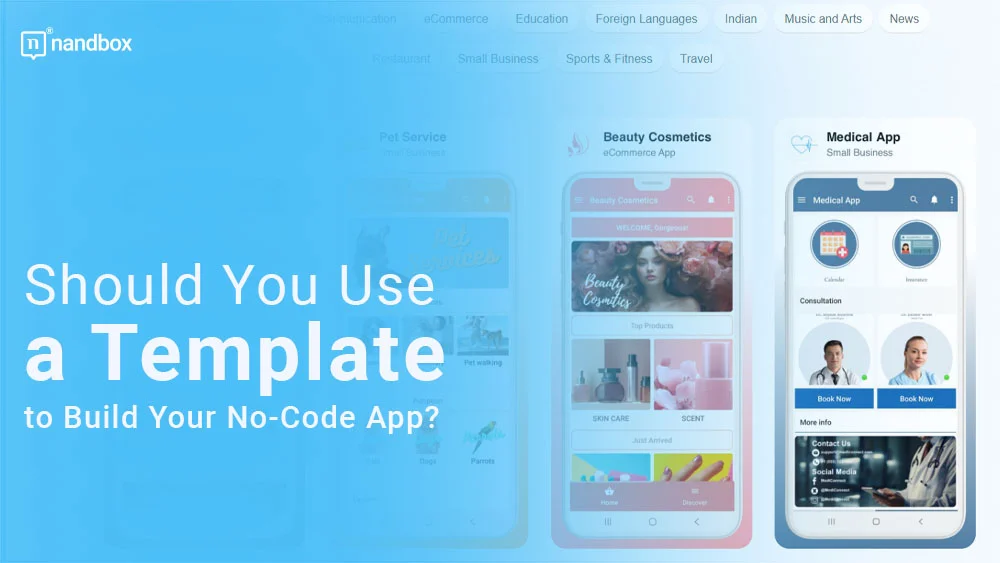So, here’s the deal: 2025 is shaking things up with a federal crackdown on inaccessible websites. And no, it’s not some far-off issue that only big corporations need to worry about. The U.S. Department of Justice has decided to turn up the heat on web accessibility, and they’re coming for both public and private sector sites that aren’t keeping up with the Americans with Disabilities Act (ADA). The pressure is on for organizations everywhere to meet new standards, and if they don’t, they’re looking at audits, fines, and lawsuits. Yikes, right? Now, according to a recent TestPros report, it turns out that a ton of websites still aren’t hitting the accessibility mark, even though everyone’s been talking about it for years. The report stresses the importance of something called a VPAT template to prove your site is doing the right thing when it comes to accessibility.
And here’s where it connects to all of us: accessibility isn’t just for websites. It’s something every digital platform needs to think about, including the mobile apps we’re all busy building with tools like nandbox.com. If you’re using any no-code platform to create apps, now’s the time to make sure you’re not just checking off boxes for compliance. You’ve got to make accessibility a real priority. After all, your users deserve an inclusive experience. And with the right tools, like clear VPAT template documentation, your mobile apps can stand out as models of compliance and inclusivity. That’ll help you when working with government contracts or trying to grow your user base in regulated industries.
Rising Enforcement Is No Longer Just a Warning; It’s Actionable
For years, digital accessibility was one of those things that we all knew we should care about, but it wasn’t exactly top of mind until the lawsuits started rolling in. Well, guess what? The game has changed. The federal crackdown on accessibility is no longer a threat; it’s here to stay. The Department of Justice has made it crystal clear: if your website (or mobile app) isn’t accessible, you’re not compliant, and that could mean fines, audits, or even a cease-and-desist order knocking at your door.
Accessibility Isn’t Just a “Nice-to-Have” Anymore; It’s a Must for Your Mobile Apps
Remember when accessibility was something companies put off because it was considered a “nice-to-have”? Yeah, not anymore. Now it’s a legal necessity. The crackdown is hitting industries left and right, from healthcare to retail to government contractors. If you thought it was just about being ethical, think again; it’s about survival. Courts are siding with plaintiffs more than ever, and penalties are stacking up. So if you’re using nandbox.com to build mobile apps, it’s time to get serious about accessibility. It’s no longer just a checkbox on a to-do list.
Here’s the kicker: transparent, up-to-date VPATs (that’s your Voluntary Product Accessibility Template for the uninitiated) are becoming the first line of defense when it comes to dodging federal scrutiny. So, if you’re developing mobile apps, don’t wait for a lawsuit to remind you. Start building with accessibility in mind, and make sure your VPAT reflects that commitment. Trust me, it’s a lot cheaper than dealing with the consequences later.
VPATs Are No Longer Optional; They’re an Expectation
Let’s be real, VPATs used to be that thing you pulled together last minute for a government contract and hoped nobody read too closely. But in 2025? Yeah, not anymore. These days, a Voluntary Product Accessibility Template (aka VPAT) is basically your digital product’s resume when it comes to accessibility. If your website or app doesn’t have one—or worse, if it’s outdated or vague—you’re probably not even making it past the first round of procurement.
Government agencies, schools, and big buyers aren’t playing around. Before they even look at your app or any of your products, they want to see that VPAT. And not just any VPAT template; they want receipts. They’re asking: Was the material tested properly? Is it up to date? Who actually wrote it, a developer on a tight deadline or someone who knows WCAG and Section 508 like the back of their hand?
For app creators (hey there), this is your heads-up: accessibility and transparency are now serious deal-makers (or breakers). If you’re pitching your app to a client and you don’t have a clean, credible VPAT, you might not even get through the door. On the flip side, if you’ve done the work and can show that your app was built with accessibility from day one? That’s a competitive edge that’s hard to beat.
Bottom line: a VPAT isn’t just a form; it’s your proof that you actually walk the talk when it comes to inclusive design. And in a world where everyone’s watching, that kind of transparency is what sets serious builders apart.
The TestPros Report Spotlights a Gap Between Policy and Practice
Here’s the reality check straight from the TestPros report: there’s still a huge gap between what companies say about accessibility and what’s actually happening behind the scenes. A lot of organizations proudly toss around terms like “ADA compliant” or “inclusive design” in their marketing. However, if you dig a little deeper, you’ll find that the actual user experience doesn’t match up.
And here’s where it hits home for no-code platforms and app creators: accessibility isn’t just a feature to toggle on. It has to be part of the foundation, something you think about from the first screen to the final push notification.
The report reveals that automated testing tools are only capturing a small portion of issues, while manual testing remains significantly underutilized. And VPATs? A lot of them are vague, outdated, or straight-up copy-paste jobs. That’s a problem, not just for compliance but for user trust.
If you’re using a no-code platform to build your app, this is where it really matters. Accessibility has to be baked into the templates, the components, and the workflows. Literally everything. And when it comes to proving it? A credible VPAT template is your best friend. Not just to satisfy regulators, but to show partners, customers, and users that you’re building something truly inclusive.
Procurement Processes Are Driving Up the Stakes
Let’s be honest, saying your product is “accessible” is easy. Actually making it accessible? That’s where things fall apart. The TestPros report laid it all out: tons of companies are waving the accessibility flag in their marketing, but behind the scenes, the design isn’t holding up its end of the deal.
Automated testing only catches so much. It’s like running spellcheck and thinking your whole novel is ready for publishing. The real issues, the ones that affect actual users, often slip through unless someone takes the time to manually test. And let’s not even get started on those generic VPATs that feel like they were copied off someone else’s homework.
That’s the gap: big talk, little follow-through. And that’s exactly what’s fueling the federal crackdown. Regulators aren’t buying surface-level claims anymore. They want receipts. Proof that accessibility wasn’t just tacked on at the end, but baked into the process from day one—and that it’s still being improved.
A clear, honest VPAT won’t just keep you out of legal hot water. It shows users and partners that you actually mean what you say when it comes to inclusion.
Lawsuits and Settlements Are Sending a Clear Message
The legal landscape in 2025 reflects a new level of seriousness around web accessibility. High-profile lawsuits have emerged against major brands—retailers, banks, and universities—that failed to meet WCAG 2.1 or provide accessible user journeys. Courts have increasingly sided with plaintiffs, awarding damages and mandating site-wide remediation. These legal precedents are setting the tone for aggressive enforcement.
Even when cases don’t go to trial, the financial and reputational cost of settlements can be severe. These legal challenges often hinge on the absence of credible documentation—chief among them, a transparent and accurate VPAT. As a result, risk-conscious companies are no longer waiting to be sued. They are proactively conducting audits, remediating issues, and producing VPATs that reflect the real state of their accessibility efforts.
Third-Party Accessibility Audits Are Becoming Standard
As scrutiny intensifies, third-party audits have emerged as the gold standard for accessibility verification. While internal testing can identify some issues, it often lacks objectivity or comprehensiveness. Independent audits offer a neutral, expert-led perspective that validates a product’s accessibility posture—and provides the kind of documentation that regulators trust.
A third-party audit typically includes both automated and manual testing by trained specialists, user feedback from people with disabilities, and detailed remediation plans. The results often inform the creation of a VPAT report service that reflects true compliance levels. This level of transparency not only helps avoid legal issues but also demonstrates a genuine commitment to inclusion. Companies that partner with credible auditors are sending a message: accessibility isn’t an afterthought—it’s part of their DNA.
Inclusive Design Is Becoming a Business Imperative
Accessibility isn’t just a legal or ethical concern—it’s a strategic one. Inaccessible websites miss out on a vast segment of the population, including millions of users with vision, hearing, motor, or cognitive impairments. In the U.S. alone, nearly 1 in 4 adults lives with a disability. That represents a significant portion of the market with spending power and brand loyalty.
The demand for inclusive digital experiences is growing. From e-commerce and banking to education and health services, users expect platforms to work seamlessly for everyone. Companies that fail to meet those expectations risk losing customers, damaging their brand, and facing public backlash. On the flip side, businesses that lead with inclusion often enjoy increased engagement, customer satisfaction, and positive media attention. A VPAT that reflects thoughtful design and testing is no longer just a document—it’s a signal of customer-centric innovation.
Conclusion: Transparency is the Future of Digital Compliance
The federal government’s crackdown on inaccessible websites marks a turning point in digital compliance. As enforcement escalates, companies can no longer afford to overlook or understate their accessibility efforts. A transparent, up-to-date VPAT template is no longer a box to check—it’s a cornerstone of accountability, legal protection, and inclusive innovation.
The TestPros report has made one thing abundantly clear: vague declarations of compliance are no longer enough. Whether through third-party audits, employee education, or inclusive design practices, the organizations that thrive in this new environment will be those that embrace transparency and invest in accessibility at every level. In 2025, the message from regulators, users, and business partners alike is clear—accessibility matters, and the VPAT template is your proof.
For companies building apps, especially using no-code platforms where speed and scalability are key. This shift underscores the need to integrate accessibility into every stage of development. Prioritizing accessibility from the start ensures not only compliance but also a better user experience. All while supporting the long-term success and credibility of your app.
nandbox App Builder
The nandbox App Builder distinguishes itself in the dynamic digital environment by enabling creators to develop mobile applications that are both robust and scalable, while also being inherently designed for accessibility. With the heightened federal enforcement of ADA compliance, nandbox provides a no-code platform that facilitates the integration of inclusive design approaches for developers and organizations without the necessity of coding.
